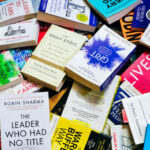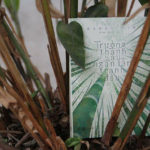When did the golden age of non-fiction begin?
There is a genre that boasts of being at the best place in the bookstores. It is non-fiction, in particular essays, a genre where people speak frankly about their personal stories.
“The golden era of non-fiction has arrived” has become too cliché. Essays were once treated as “useless writings” until the beginning of the 2000s, when novels or books about money and economics prevailed in the markets. However, as mega-hit essay collections emerged entering the 2010s, such underestimation dissipated. Publishers, who belatedly realized that essays make money, have begun to fiercely launch essay collections into the market.
For example, Kim Nan-Do’s You Become an Adult After Wavering for Thousand Times (Munhakdongne Publishing), Hyemin Sunim’s The Things You Can See Only When You Slow Down (Suo Books), Lee Byung-Ryul’s Attraction (Dal Publishers), and Lee Oi-Su’s Love, and… (Hainaim) are the representative essay collections of this era selling as many as a million copies. In 2011, Kim Nan-Do’s Youth, It’s Painful (Sam &Parkers) set a record top-seller of the year for the first time as non-fiction.
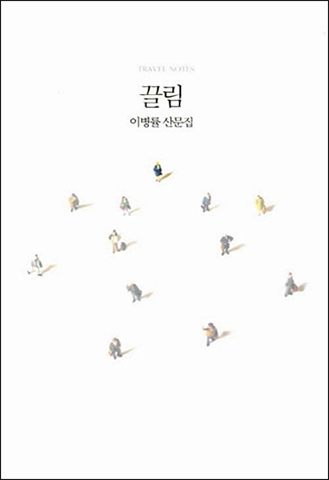
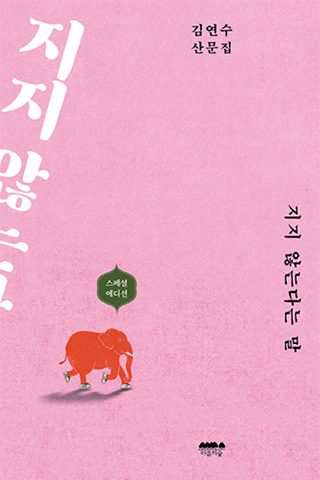
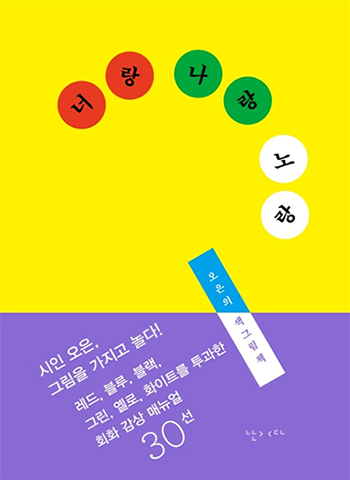
Attraction, That I’m Not Going to Lose, You, I, and Yellow
It’s been rare for literary people to write a complete collection of essays because non-fiction wasn’t their major field. It was the heyday of non-fiction that brought back the hearts of novelists and poets. Popular non-fiction collections include Kim Yong-Taek’s The Poems Came to Me (Maumsanchaek), which sold 600 thousand copies, Kim Yeon-Su’s The Writings Written in My Mouth (Maumsanchaek), and poet Kim So-Yeon’s A Dictionary of the Words About Mind. There are more essays written on one topic as well. For example, Kim Young-Ha wrote Reason for Traveling (Munhakdongne), where he mainly talks about how he feels about traveling, Kim Yeon-Su wrote That I’m Not Going to Lose (Woods of Mind’s Books) where he unleashes his love for running, and poet Oh Eun wrote You, I, and Yellow (Munhakdongne Publishing), a story about pictures.
The year 2018 marked the climax of the golden age of non-fiction. A new trend called “The Golden Age of Healing Essays” has emerged. Six of the ten best-sellers announced each year by large bookstores, including Kyobo, were essay collections. They were all categorized as “healing essays,” including no.1 Winnie The Pooh, Happy Things Are Always Here (RH Korea), along with Every Moment Was You (Wisdomhouse Mediagroup Inc.), I Decided to Live as Me (Woods of Mind’s Books), and I Want to Die But I Also Want to Eat Tteokppoki (HEUN).
In the beginning, there was the Anyway series.
In the meantime, the small publishers have begun to use their weapons against the big publishers flooding the market with non-fiction titles. “Small and light” paperback essays were born, which brought freshness to tired readers of the “big” essays full of commerciality. They are the new pocketbooks, so-called “essays of preference” or “fanatic essays.”
The Anyway series was the first successful case. It is a 9,900-won-series made by publishers Hugo Publishing, Right Season Publishing House, and Conan Books in 2017. This series only discusses a single topic related to “the world that created me, and the world I have created.” The first five volumes were released at once, starting with Anyway, Fitness (Conan Books), followed by topics such as study, guest house, shopping, and Mangwon-dong. There are also many topics that make us wonder why the publisher has chosen such a topic. It can be called a department store-like collection that will hook at least one reader with all kinds of topics, including magazine, road movie, woodpecker, Twitter, sweater, taxi, and thriller. There are now 44 books in the series, with Anyway, Bar (Right Season Publishing House) published recently in summer this year.
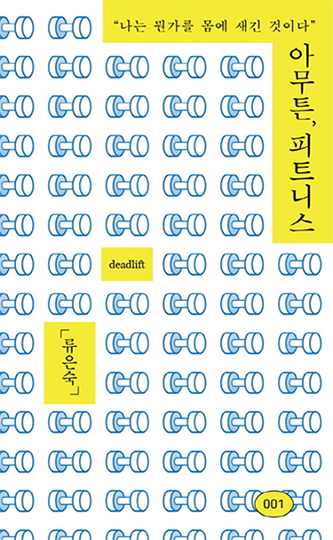
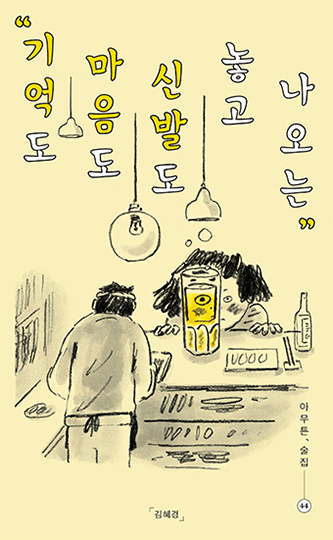
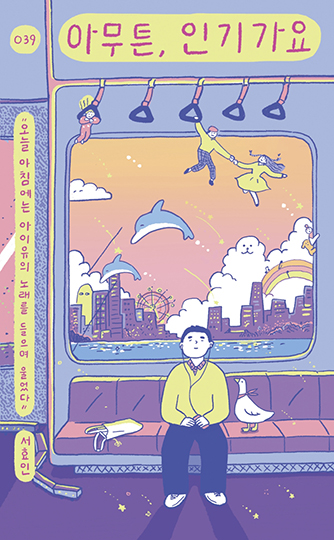
The Anyway series
The shock that the Anyway series gave the publishing industry was the confidence that even single-person publishers can make steady-sellers with ingenious ideas. It didn’t take them a long time to come up with ideas and plans, not to mention not being limited. This enabled them to publish 17 books in a year. It was also a clever decision to read the era’s trend and pick topics that could attract “fanatics” with manuscripts as long as 300 to 400 pages, which was not a burdensome amount at all.
The series’ success story became a groundwork for similar non-fiction titles targeting manias beings called “the next Anyway series.” When we asked CEO Kim Tae-Hyung of Right Season Publishing House, CEO Lee Jung-Gyu of Conan Books, and CEO Lee Jae-Hyeon about the secret behind the success of the Anyway series, it was clear. The series was particularly popular among females in their twenties and thirties. The analysis was that the MZ generation (people born between the 1980s and early 2000s) loved stories about subjects they like written in a humorous but in-depth style. CEO Lee Jae-Hyeon said: “We thought it would just be lightweight and bright when we were planning it. But the books ended up being pretty serious. I am so grateful to our readers as they digest such serious subjects.” Additionally, CEO Kim Tae-Young added, “We’re more interested in ‘micro’ topics. There’ll be more fun topics in our next series.” In short, they have satisfied the needs of readers looking for “good essays” that are light and thin, but never light in terms of the content.
What kinds of essays does the MZ Generation read?
A countless number of similar non-fiction titles targeting readers in specific fields are released in the market. They are all on light new topics, with roughly 300-400 pages, making them light and affordable. Their price is around 10,000 won. Some books have subjects that are so creative that you could nod your head before you even read their story.
“It is a round table. No one feels uncomfortable here – should it be one person, two or three, or more sitting around the table, no one feels left out. Anyone can pull out stories about that precious food in your mind.”
This invitation to a meal that makes you feel hungry is a greeting from publisher Semicolon (Minumsa) as they newly launched Dding (an onomatopoeia for feeling woozy), a non-fiction series. It is a pocketbook series that hopes to include stories that make people go “dding (woozy)” inside their heads and stomachs as if they have finished some good food. The first book in the series is The Things I Thought About Over Breakfast by columnist Lee Da-Hye. Written on the topic of “breakfast,” the writer talks about stories that bring up nostalgia, such as the breakfast you had at a hotel in another country after a tough traveling schedule you’ve had the day before, some gimbap (seaweed rice roll) that grandmother used to make for picnics, a bowl of codfish soup you had in Busan after finishing interviews at a film festival, and a bowl of bean sprouts soup you had in Jeonju. She also mentions the morning views that appear in films and literary works. The second book is about the foods you have for a hangover titled The Day After Binge Drinking: A Self-Experiment on Handover Foods, written by Miggang, cartoonist. It draws how the hangovers and food for them make the perfect harmony with a dollop of tastiness. The series has published its 10th book as of today – after steadily releasing books such as Park Wan-Suh’s Kitchen: The Accurate and Perfect Memory of Love, Hot Pot: The Red I Love, and Pyeongyang-style Cold Buckwheat Noodles: It’s Hard at First, You’ll Get Better Soon.
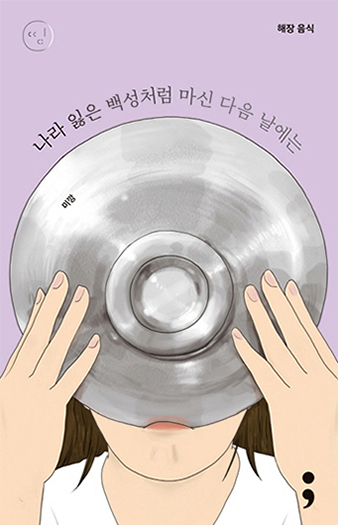
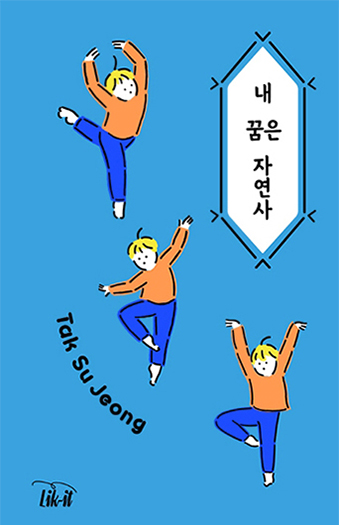

The Day After Binge Drinking: A Self-Experiment on Handover Foods, I Dream of Natural Death, Coffee and Cigarettes
Publisher EunHaeng NaMu is also steadily releasing its Lik-it series, which features stories about different jobs such as a doctor, a radio PD, and a florist, with the slogan “Things I like is how I live.” Nam Seung-Min’s This Retro Life suggests retro-style life as an alternative lifestyle, introducing the daily life of a vintage lover. Meanwhile, I Dream of Natural Death is written by a Me-Too activist Tak Soo-Jung, who has been making voices heard on sexual violence occurring in the cultural and art industries. It talks about the everyday life after “that day.” Finally, the book The Safe Distance Between You and I is about the twists and turns the author has experienced as she resolves to drive a car herself with a strong will to be independent. It is also an essay that draws on modern literature of the world in delicate moments at the right time.
Publisher Delta Time also has been publishing a non-fiction series, The Flow of Words. In the book Coffee and Cigarettes, novelist Jung-Eun, who has also been a barista for 9 years, talks about her travels in Spain where she spent most of the food budget in drinking coffee and her past memories about Maxim (pre-mixed coffee product in Korea) coffee and the coffee vending machine which were somehow more than just coffee. She says that people start a relationship with cigarettes in very different ways through the episodes of herself, her love story that made her become a smoker so easily, and the first memory about cigarettes related to her grandfather and the galaxy. Just like its theme, “word chain,” novelist Jung-Eun’s Coffee and Cigarettes passed on the baton to critic Keum Jung-Yeon’s Cigarettes and Movies, which was then followed by novelist Jung Ji-Don’s Movies and Poems. The book Cigarettes and Movies is writer Keum Jung-Yeon’s record of failure, some fun and some sadness, where she (temporarily) stopped smoking in April 2018 and (almost) quit watching movies in July 2019. For the common thing cigarettes and movies share, she said, “Perhaps they are the things that make our lives livable.”


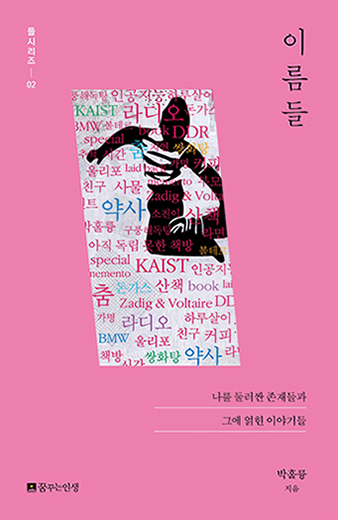
My Name is Fermata, and Somehow I Became a Classical Music Lover, I Live in a Room, Not a House, The Names
Publisher SANZINI’s Spectrum of Everyday Life series cannot be omitted either. It features stories about parenting and bloggers under the theme of “Work and life of people pursuing inner pleasure.” One example is My Name is Fermata, and Somehow I Became a Classical Music Lover by Shin Dong-Wook, a writer in his 20s who loves classical music. It is a story about his life worshipping classical pieces. Also, Miss Kim Lilac’s Breast Cancer Can’t Stop Me From Wearing a Bikini and Nam Jeong-Mi’s One Year of Child-Rearing in Berlin are included in the series.
* K-Book Trends Vol. 31 – Interview of publisher SANZINI
Meanwhile, publisher Dongnyuk, who specialize in humanity and social science, has been publishing the ㄷ (read as digut) series with the catchphrase “We root for the independent lives of the ‘live-alones’ who protect themselves in this world where it is difficult to live as myself.” The first book of the series is I Live in a Room, Not a House, written by Shin Min-Joo, aged in her 20s, where she argues that everything, including getting out of monthly rent, getting a job, and dating someone, require “basic income.” Its sub-title is the first thing impressive about the book – “A financially independent story of a not-so-sure but poor Millennial generation.”
Another self-publisher Dreaming Life has been releasing the Deul (plural marker) series under the theme of “Stories about the little happinesses that keep our lives going.” Its first and second books are The Private Lives by writer Kim Seol, and The Names written by Park Hul-Ryung, pharmacist and owner of an independent bookstore.
A Gateway for the MZ generation authors
The target audience for these series is clear. It is the MZ generation that believes that the small happinesses of everyday life are more valuable, rather than serious discourse, and has a clear preference in life. If not the MZ generation, who will pour love into topics like woodpeckers, socks, cigarettes, or Pyeongyang-style Cold Buckwheat Noodles and make a whole book about it?
The MZ generation discovers their story in these little essays about topics they like, finds a new direction in life, and feels vicarious pleasure by taking a sneak peek at weird pastimes that they couldn’t try out. In that these non-fiction series suggest a new direction in life where people only indulge in things they like instead of existing self-help books that offer a unified standard for success, they might be categorized as the self-help books of the 21st century.
The broadening and deepening era of this new type of non-fiction has another implication in that it has led to “the birth of new writers.” The three publishers of the Anyway series gave meaning to discovering new “authors,” just like how they found new “readers.” CEO Lee Jung-Gyu of publisher Hugo even left a comment, “It was the first book for about half of our authors until we published the 21st book. We have recruited a few, and we have received numerous submissions as well. Also, it was never our intention, but there are more women. There are more young authors born in the 1980s as the series continues.” Unlike the traditional literary circle where amateur authors fiercely competed against each other over few chances to make their debut as a writer, the non-fiction market is relatively favorable to new authors. Here, as courageous young editors send them a lifeboat, the authors of the MZ generation have reached a different world where they can talk about “their own stories.”
Amongst all, non-fiction is a good genre to communicate with readers. If books are one of the oldest art forms created for communication, non-fiction is the best genre that matches the intrinsic objectives of books. Hence, if the evolution of books is ultimately the evolution of non-fiction, there’ll be new essays born tomorrow, with new readers. Good luck to the readers, authors, and everyone’s tomorrow.
Written by Kim Seul-Gi (Journalist at Department of Culture of Maeil Business Newspaper)






